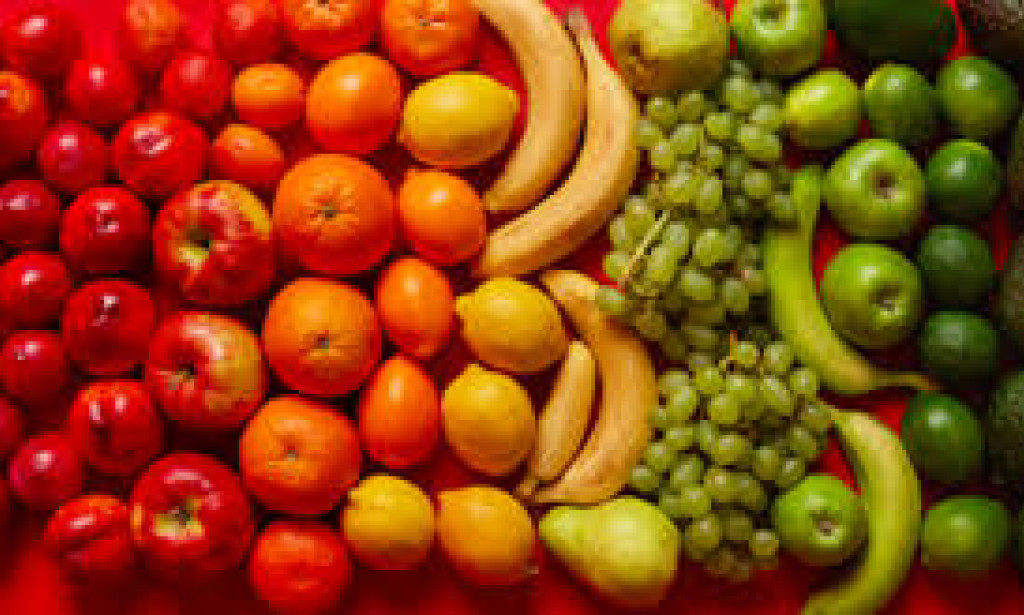Fruit ripening is a fascinating blend of chemistry and biology that transforms hard, tart fruits into sweet, flavorful treats. The process begins with ethylene, a natural gas emitted by fruits. Ethylene acts as a hormone that triggers the breakdown of starches into sugars, softening the fruit and enhancing its taste.
During ripening, enzymes like pectinase break down pectin, which causes the fruit's firmness to diminish. This breakdown not only softens the fruit but also contributes to its aroma and color. For instance, green bananas turn yellow as chlorophyll breaks down, revealing the fruit’s natural pigments.
Temperature plays a crucial role; higher temperatures speed up ripening, while cooler conditions slow it down. This is why fruits ripen faster at room temperature compared to the fridge.
Understanding ripening can help in better managing the fruit’s shelf life, whether you’re a consumer or a grower. By controlling ripening conditions, you can enjoy perfectly ripe fruit and minimize waste. This interplay of natural processes underscores the intricate science behind something as simple as a delicious piece of fruit.


You must be logged in to post a comment.